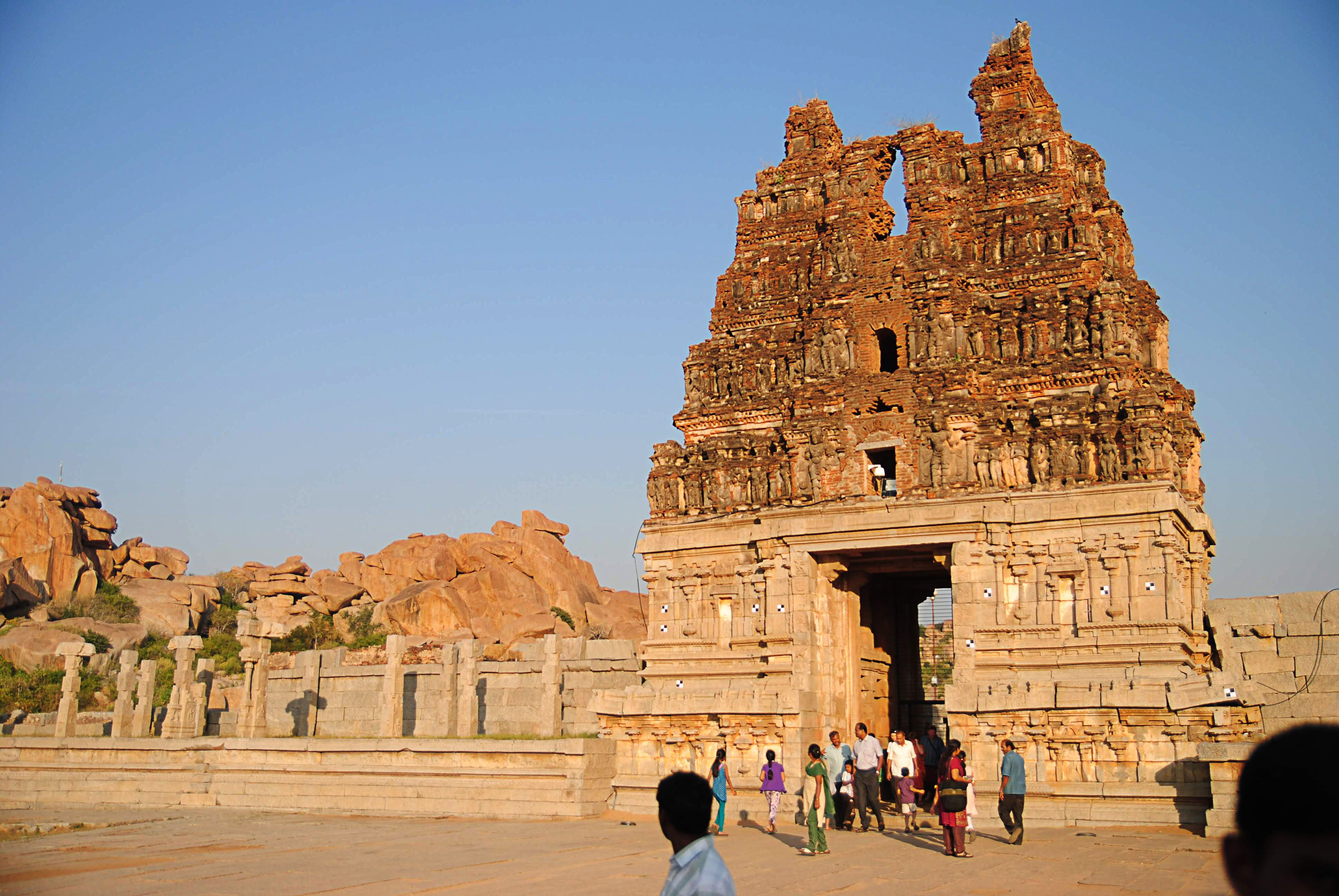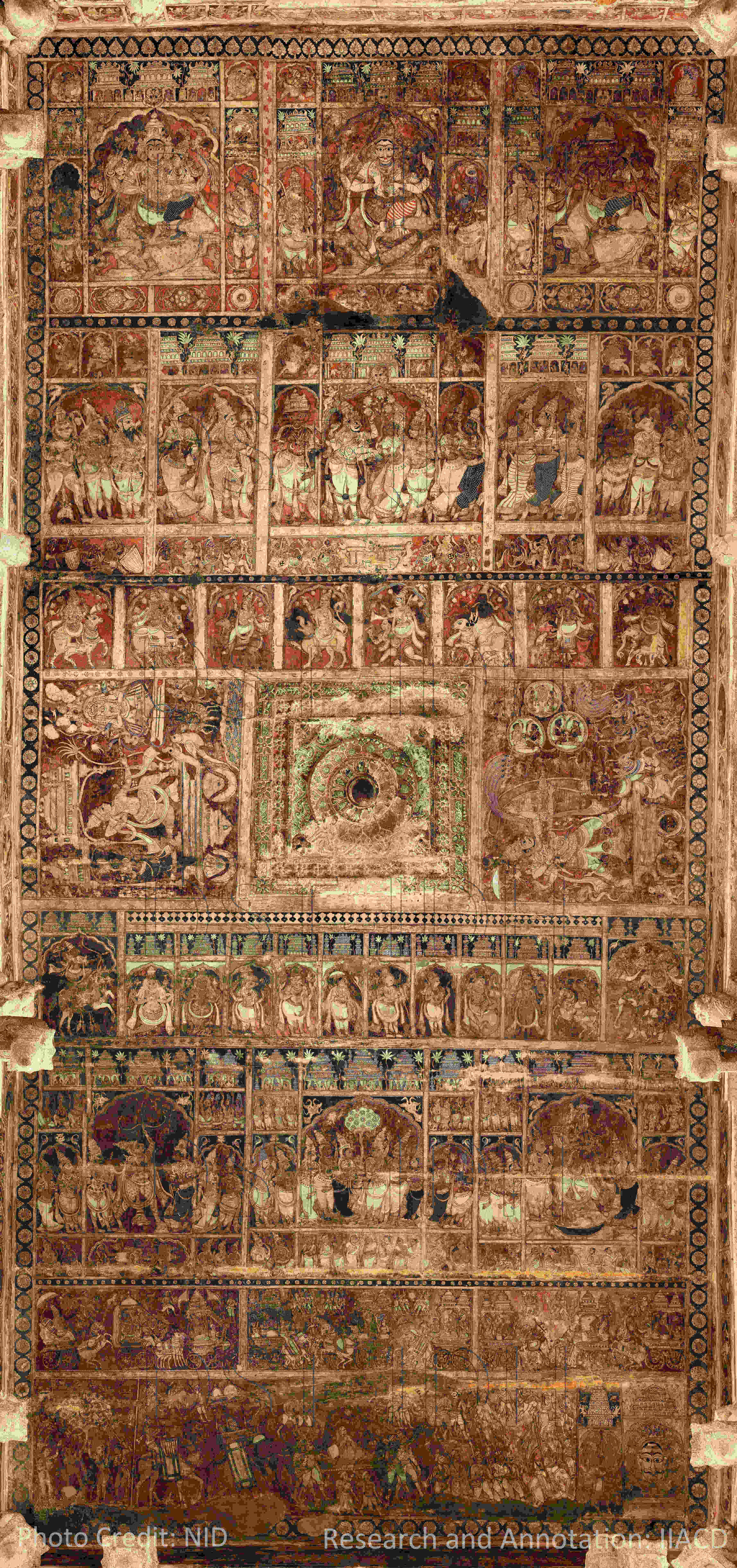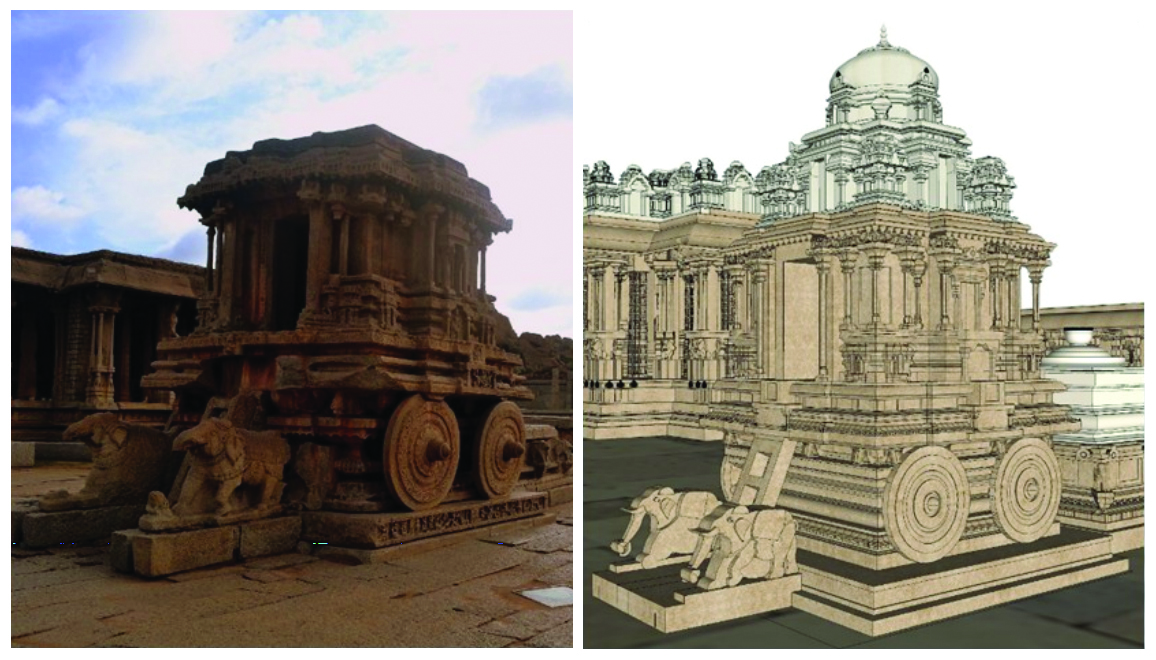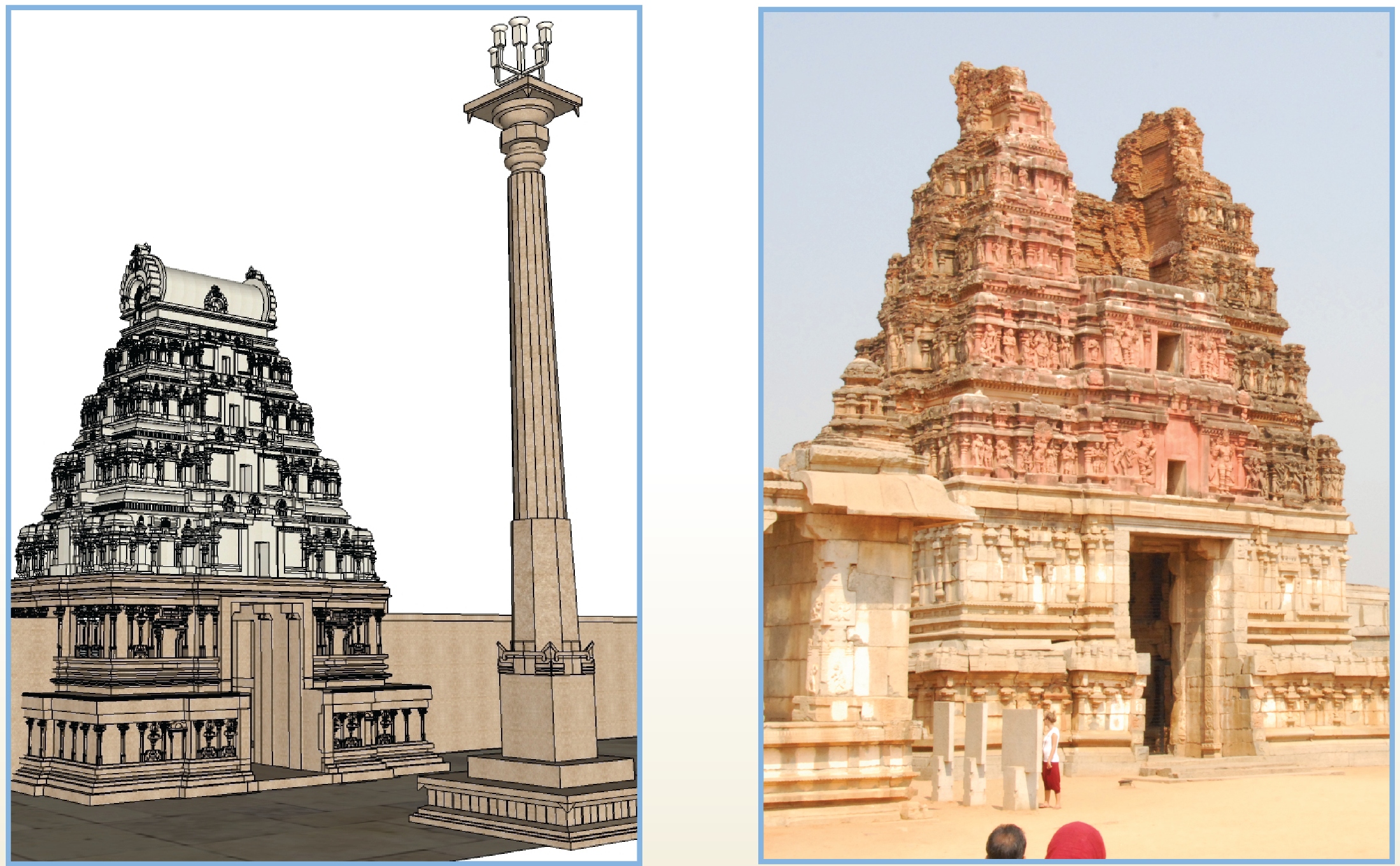#art&technology: Indian Digital Heritage | Digital Hampi Project

Photo credit: Devansh Patel
In culture360.ASEF.org’s series of articles on #art&technology, Roli Mahajan features the UNESCO World Heritage Site of Hampi and how experts have chosen the 3D path to recreate damaged sculptures, in hope of preserving India’s cultural heritage.
Technology is used to preserve sculptures and enhance the cultural experience of a UNESCO World Heritage Site in South India
Hampi, the UNESCO World Heritage Site in the South Indian state of Karnataka, known for its exquisite ancient temples and palace ruins is listed second on The New York Times’ annual list of 52 must-see places around the globe in 2019.
Spread over 26 odd kilometers near the banks of the Tungabhadra River, Hampi served as the imperial capital of arguably the largest, wealthiest and most powerful kingdom in south India from the mid 14th to the 16th century. The transformation of the city, over those two hundred years, is apparent in the different names it adopted over the ages, from Hosapattana (New City), Vijayanagara (City of Victory), Vidyanagara (City of Learning), Hampe, Pampa-kshetra to Pampa-pura—after the local goddess Pampa, as well as in the details of its buildings.
Today the city has aged. The very details that bore proud testimony to the greatness of this city are facing heavy wear and tear. Though more than 500 monuments dot the area, which once formed this ancient city, structures have fallen prey to human and man-made threats. Recognising the fact that this rich heritage site faced the risk of being lost forever from our mental and physical landscape, researchers saw this challenge as an opportunity leading to the creation of the Indian Digital Heritage (IDH) project.

Ceiling Paintings in Hampi (Photo Credit: Digital Hampi IDH Project)
A collaborative approach
The Government of India’s Union Department of Science and Technology brought together researchers from the fields of Technology, Computer Science, Architecture and the Humanities for the digital preservation and interpretation of this heritage site under IDH. A public-private partnership model brought together experts from more than 10 prominent national academic institutions such as the Indian Institutes of Technology, Indian Statistical Institute, and National Institute of Design as well as multi-disciplinary cultural institutions such as the National Institute of Advanced Studies (NIAS) and private partners like Microsoft for the creation of a more complete experience of the city as it was during its heyday.
The aim of digitalising the Hampi experience was to bring together technological and cultural perspectives for the resurrection of the site digitally, using a research-based approach. Digital Hampi was more than just a polished presentation of the site or its artifacts. The project provided a creative ground for researchers to experiment with different technology and expertise to revive the tangible and the intangible heritage that was associated with the site.
Technology helps revive the past
A digital walkthrough with a view of the 3D recreations of the sculptures that were damaged and a 360-degree rotation of the same to showcase their workmanship better became a reality. This interactive walkthrough was attempted in the physical space of the Vittala temple complex by using the architectural principles of conjectural reconstructions and 3D technology. 3D data acquisition and generation of point clouds were undertaken which could be digitally rendered. Kinect-based models or in layman’s language 3D camera, 3D laser scanning and printing made it possible for a visitor to experience a certain level of “physical interaction” with the 3D printed miniature models of structures.

Vittala temple, stone chariot with reconstruction based on Greenlaw’s 19th century photograph
(Photo Credit: Digital Hampi IDH Project)
Under the project, efforts were made to digitally restore artifacts such as mural paintings, inscriptions and sculptures, as well as enable mobile-based visual search for artifacts. Murals were studied through an interactive map, using google sketch up models. Reconstruction of damaged architectural features such as the tower on top of the garuda chariot shrine based on 19th century photographs by Greenlaw was done. This allowed the public a chance to view the missing details of the sculptures just by pointing their mobile screens to the now defaced or ruined artwork.
Almost impossible tasks like building a 3D search engine that collected data from low-resolution images and returned a high-resolution scan were taken up. The final products were impressive allowing spectacles like giving a visitor a glimpse of the once thriving Virupaksha Bazaar (Market) Street. Furthermore, computer vision, 3D modeling and artificial intelligence were employed to help with conjectural re-constructions of the architectural life, social life and traditions of Hampi.

Gopuram or temple tower with conjectural reconstruction
(Photo Credit: Digital Hampi IDH Project)
Lessons Learnt
IDH Hampi was an ambitious project that attempted to look at the big picture of the past by working with the physical structures and including the people who make a heritage site a living entity. It bought together researchers and practitioners to preserve a legacy.
Though not envisioned as an incubation platform, IDH Hampi also gave impetus to startups in the field of architecture and design like the Mahabharata Research Foundation and Snaptrude.
Whether the effort can be replicated in another site is now the big question. Professor Sharada Srinivasan of the National Institute of Advanced Studies, Bengaluru who worked as the culture co-ordinator of the IDH Hampi Project answers this for culture360.ASEF.org.
She says, “The methodological aspects and technologies used for Digital Hampi could be applied to other sites. However, each cultural heritage site has its own unique parameters so one size cannot fit all and customisation is key.
IDH Hampi has certainly laid the ground for more such collaborations between academics, practitioners and scientists. We will not be beginning from scratch, for sure.”
Photo credit for the main image: Devansh Patel
This article is writen by Roli Mahajan, a freelance writer and photographer. She has worked as an editor, journalist, videoblogger, youth advocate and digital analyst over the past 10 years. She is passionate about the environment, pursuing peace and learning more about culture. She can be reached at roli.learns@gmail.com or via twitter @scholarfreak.
Similar content
14 May 2015
from - to
10 Nov 2021 - 30 Nov 2021



